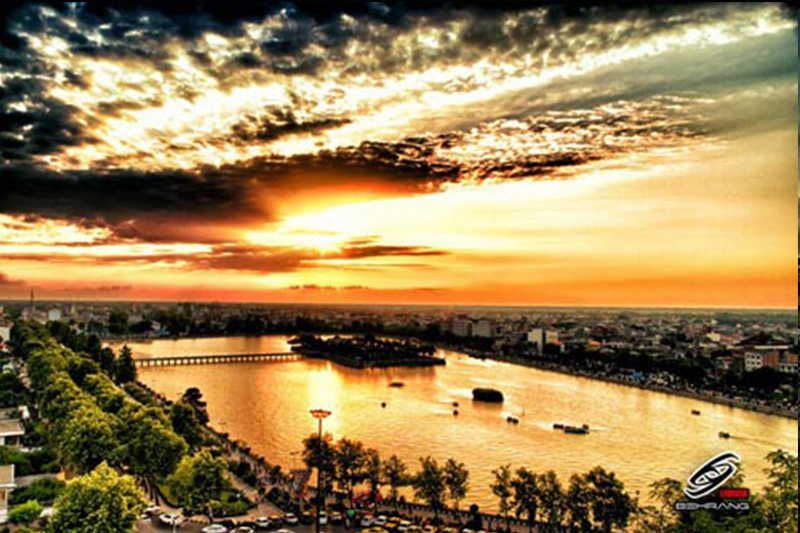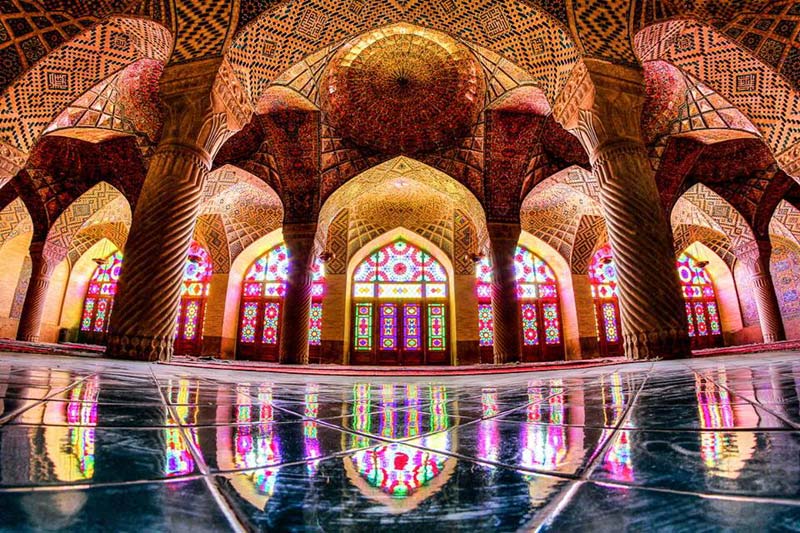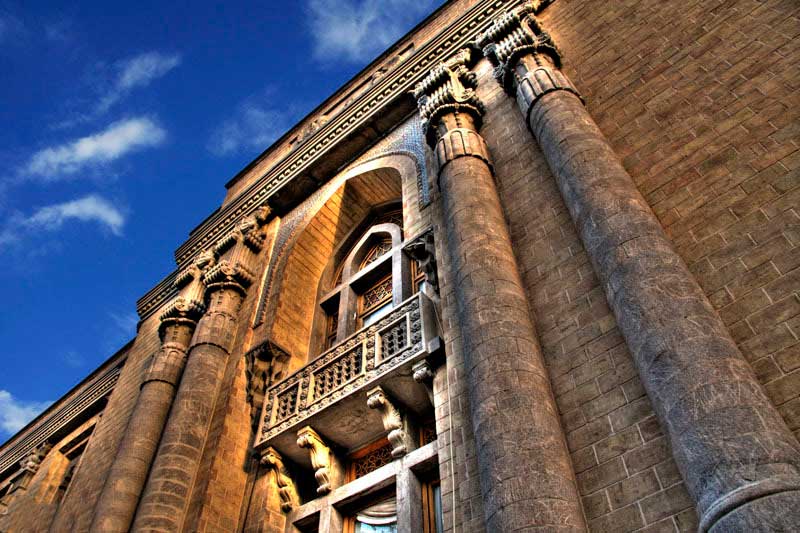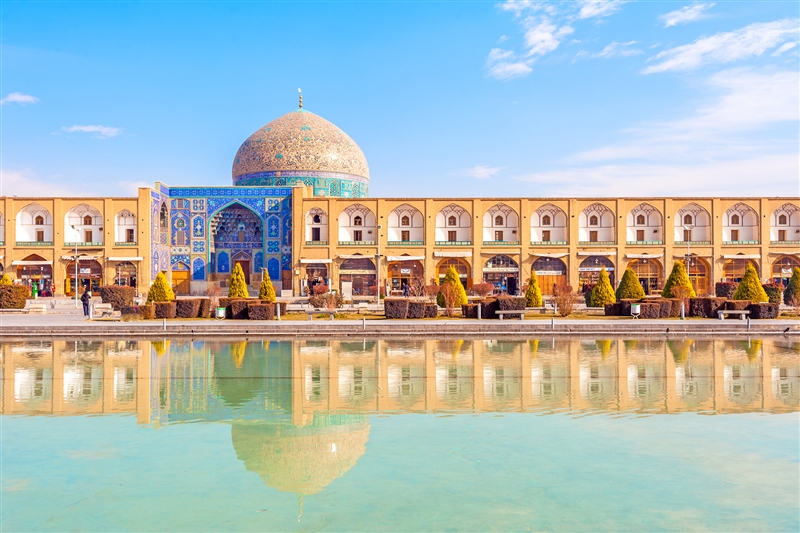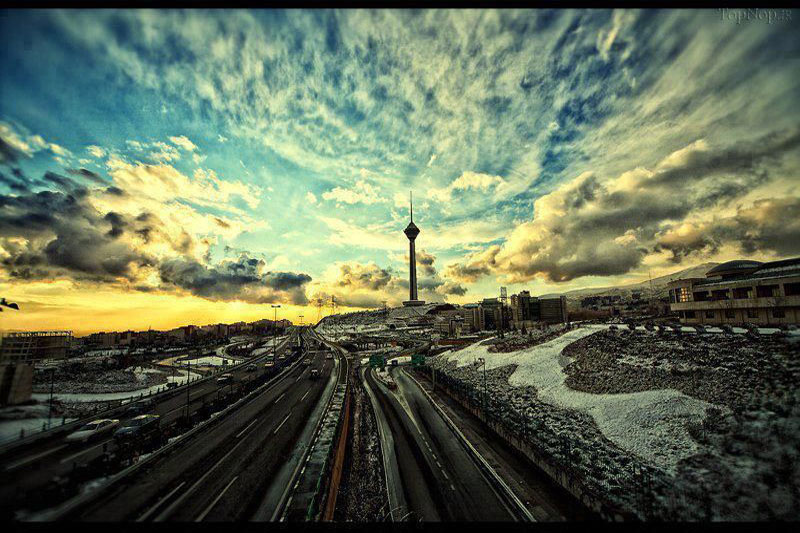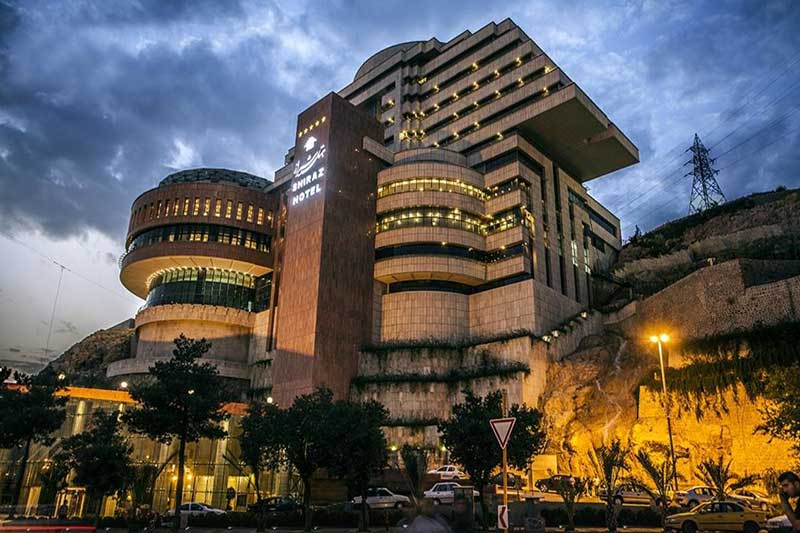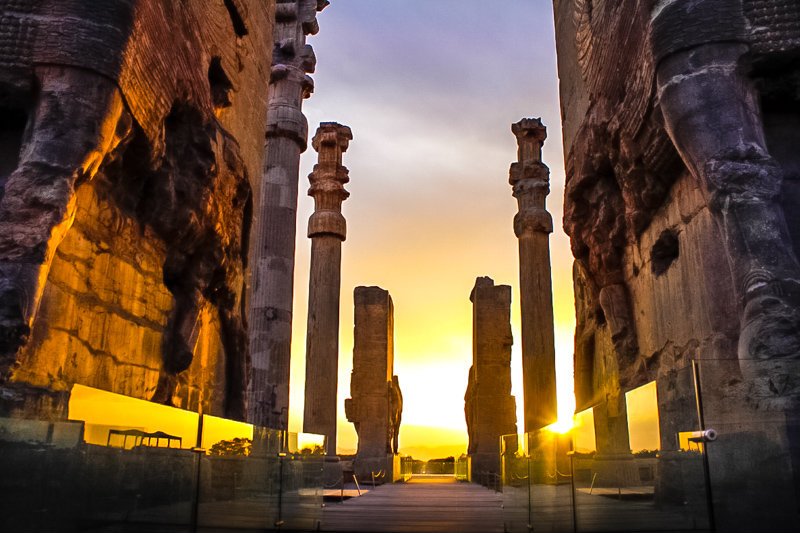About Iran :
Iran is by origin the same word as Aryan and throughout history has been intermittently applied to the people of Indo-European, that is, Aryan origin occupying the plateau and to the plateau itself. Today Iran is a triangle set between two depressions – the Caspian Sea to the north and the Persian Gulf to the south. It is bounded on the north by Armenia, Azerbaijan, Turkmenistan and the Caspian Sea, on the east by Afghanistan and Pakistan, on the south by the Persian Gulf and the Sea of Oman, and on the west by Iraq and Turkey.
Sea, on the east by Afghanistan and Pakistan, on the south by the Persian Gulf and the Sea of Oman, and on the west by Iraq and Turkey. The triangle of the Iranian Plateau is bounded by mountains rising round a central depression, a desert region formed by the bed of a dried-up ocean. The western mountains, or Zagros range, run from north-west to south-east, and the northern part of the triangle is formed by the, mighty Alborz range; skirting the southern shore of the Caspian Sea, it forms a high and narrow barrier which separates the coastal area with its luxuriant vegetation from the desert regions of the interior.
Tehran – the capital of Iran – is located at the foothills of the Alborz Mountains; the city’s relatively temperate climate was the principal attraction for the Qajar monarchs. All the larger centers of population and the majority of the smaller ones are situated near or in the mountains because of the more abundant supplies of water that are available. The history of this plateau dates back to far distant Millenniums, but from the Fifth Millennium onward, traces of life have been found on the different areas of this beautiful cradle of civilizations.

